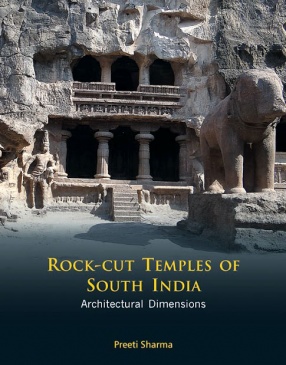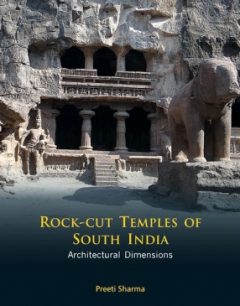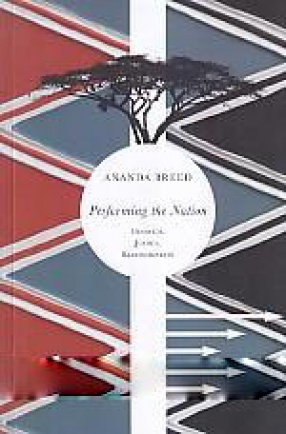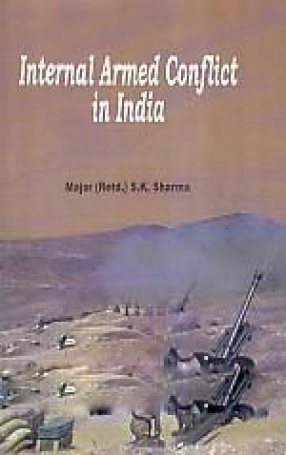Temple making is generally a movement of the creator’s idea from within to the exteriors through the medium of stones. He projects the mass frontally, elevated vertically in three-dimensional forms and creates a structural edifice. In contrast, the rock-cut temple presents the spectrum of life moving from outside to inside to create a world of its own. Rock-cut shrines represent the fountains of creativity wherein ideas of art germinated as sapling and were later nurtured into trees.
Rock-cut cave temple architecture of South India, spanning a period of over four hundred years and patronized by the Calukya, Pallava, and Rastrakutas, as a symbol of political vitality, is a unique contribution of Indian art towards world heritage. Epitomizing Indian mysticism and philosophy besides eternalizing the innovative intellect of the artisans and their patrons, this mode of architecture proved to be latent with underlying symbolism of forms. A plethora of divine and worldly images pulsating with life, signify a residence place of the gods in all their majesty and glory besides highlighting the cultural ethos and philosophical contours of the period concerned.
Art-historical studies are usually equated with mere historical and cultural placements of art specimens in a chronological framework. The current study endeavours to map out the sequence and highlight the architectural components of the rock excavations beginning from the Calukyan caves through Pallava rathas and mandapams up to the climax of such ventures in the form of Rastrakuta Kailasanatha temple at Ellora. While the Pallava creations were geographically located down south, those of the Calukya and Rastrakuta patrons in Deccan bore affinity with the Dravidian style, therefore forming an extension of South Indian art.
Adequately complemented with 9 maps, 178 figures and 67 colour illustrations, the work unravels an art-oriented analysis of various architectural aspects evolving under the cave temples. It emphasizes upon rock creations as essentially sculptures on a grand scale and analyses the influence of structural architecture in their progression. The findings outline the creative processes and the evolutionary form of structures as manifested in the ground plan; they sketch the transition from experimental to developed stages of rock architecture; elaborate upon the symbolism of the excavations in depth; encompass the formative process of rock-cut architecture, covering both cut-in and cut-out aspects; and furnish an updated historiography of this phase of the Indian art.








There are no reviews yet.